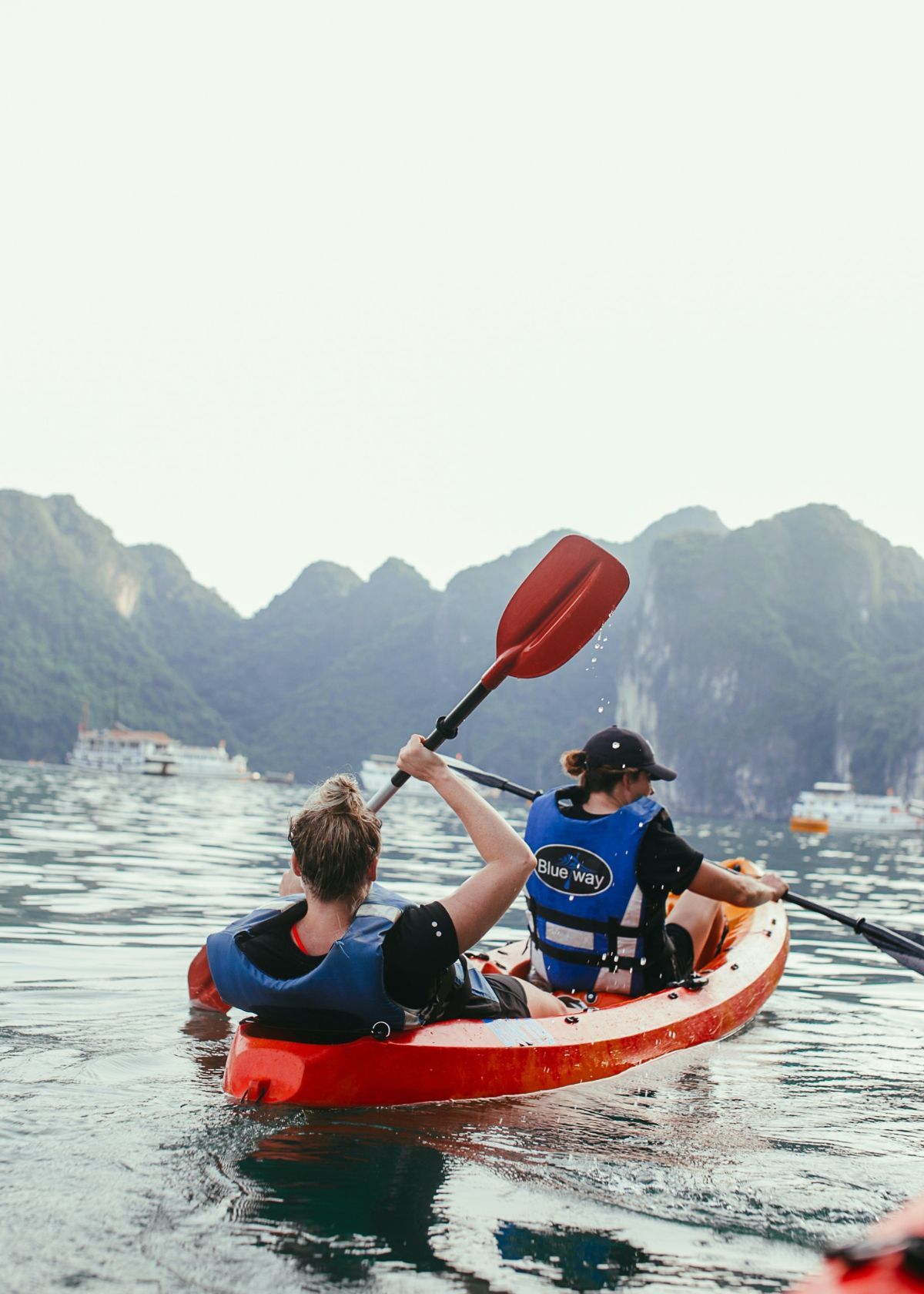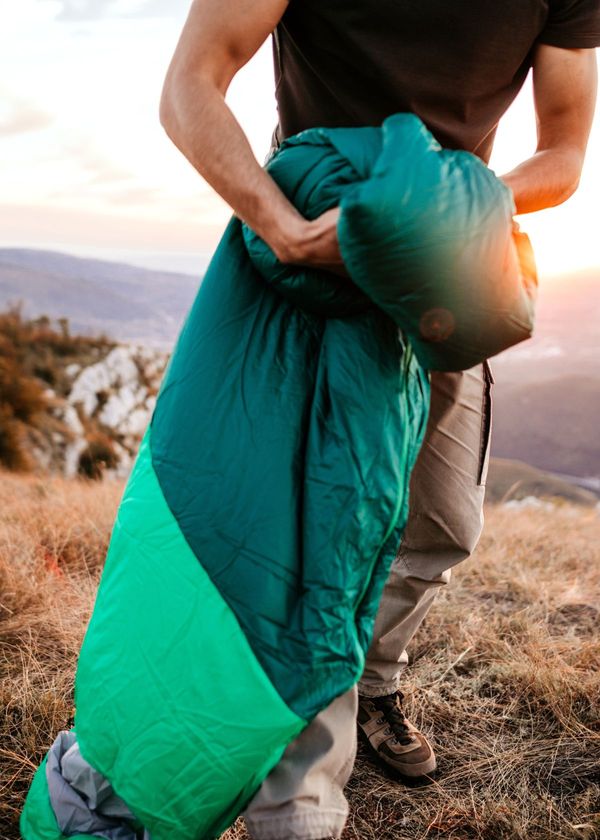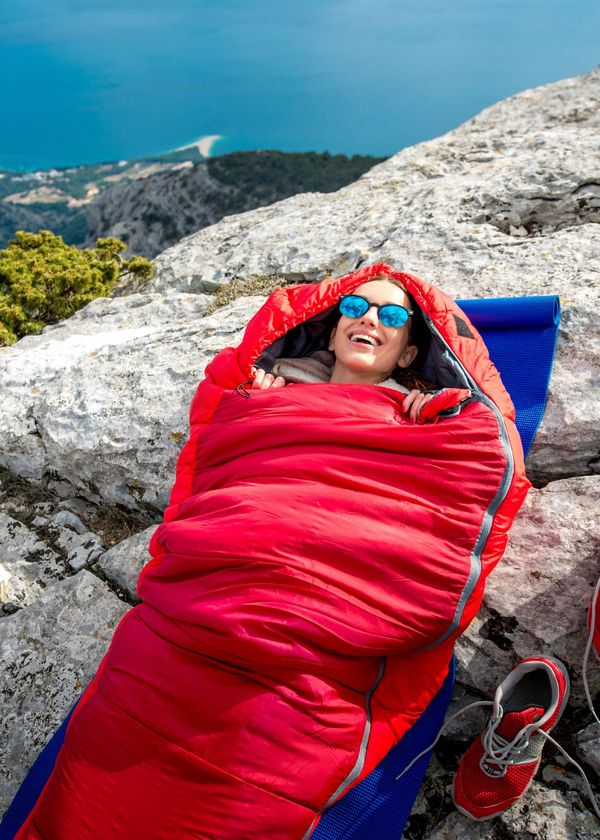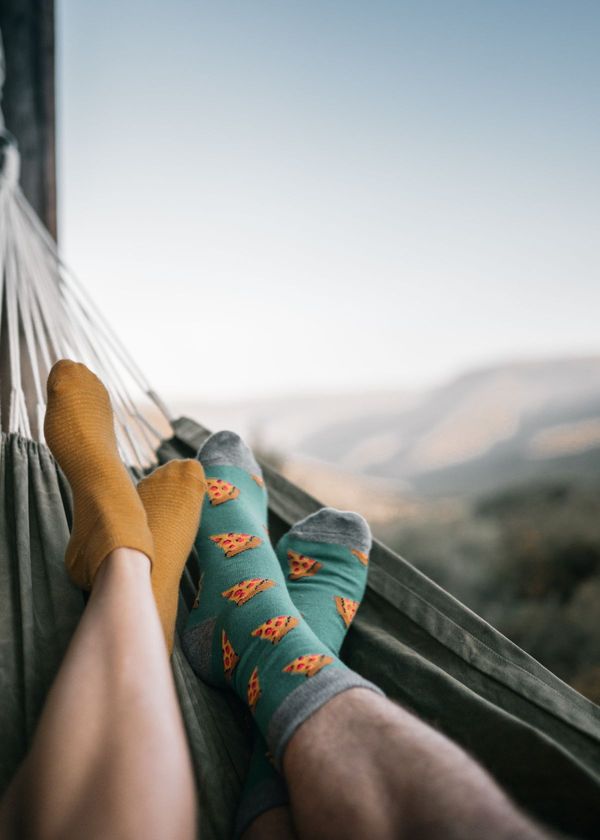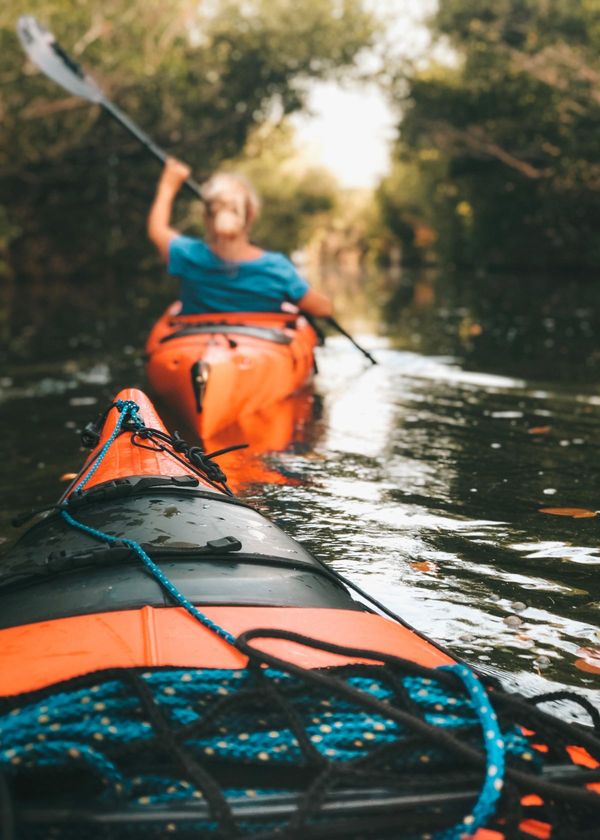Do you enjoy kayaking? Are you still new to the sport and have some questions about kayaking and its benefits? If you've ever asked any of these questions or know someone who has, read on.
Kayaking is a great low-impact exercise that can be done almost anywhere, from lakes to rivers to the ocean. It's an excellent way to get in shape while enjoying outdoor exercise. Kayaking is an aerobic exercise that burns calories and improves cardiovascular fitness.
Kayaking can burn anywhere between 600-1200 calories per hour. It's also good for your heart, joints, mind, and lungs. The paddling motion gets your arms, shoulders, and core muscles in shape easily with no impact on your joints.
Kayak paddles have a unique shape that allows users to propel themselves through the water while seated. The combination of maneuverability and stability that kayaking provides makes it a great option for exercise. In this article, I have outlined a few reasons why kayaking is good exercise and tips on how to get started with ease.

10 Benefits of Kayaking
Kayaking is a great way to get exercise and enjoy the outdoors. Kayaking will improve your balance and coordination, which will help you stay injury-free. Kayaking also tones muscles in your arms and legs, which will help you lose weight.
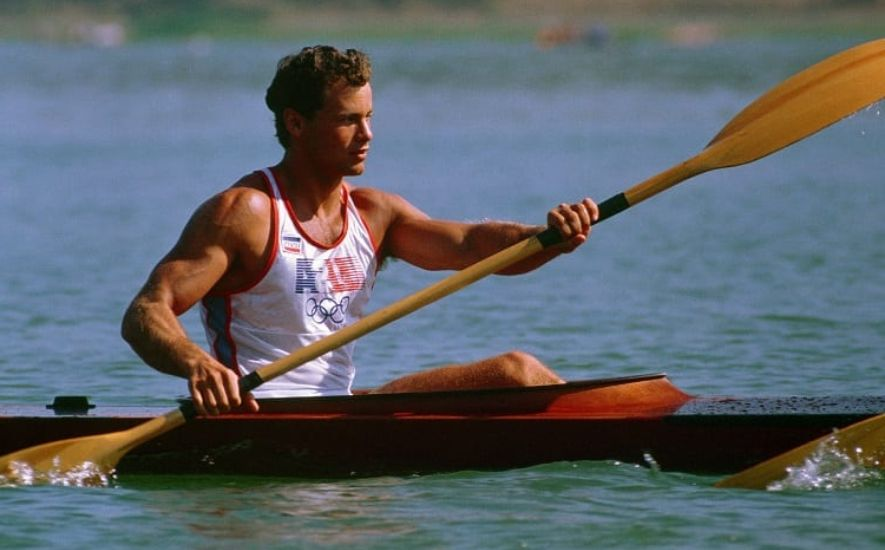
Here are some of the top benefits of kayaking:
Strengthen Your Lats
The lat muscles run down each side of your back and are used in many upper-body exercises. If you want to build major muscle groups mass in your back, kayaking is one way to do it.
This is because when you paddle, you use your arms and shoulders simultaneously. This will help strengthen your lats as well as other muscles in your back.
Give You Firm Abs
As mentioned above, when you paddle in a kayak, you use both arms simultaneously, which helps tone your abs and core muscles. The more weight you can lift out of the water, the more effective this exercise becomes!
This exercise also works on balance because if you don't have proper balance while paddling in an unstable boat like a kayak, it could be dangerous for you and anyone else!

Kayaking Can Help You Lose Weight
One of the main benefits of kayaking is that it helps you lose weight. This is because when you are on the water, your body burns more calories than it would if you were sitting still. And since you are also getting exercise in an exciting environment, you will want to do more and more activities throughout the day.
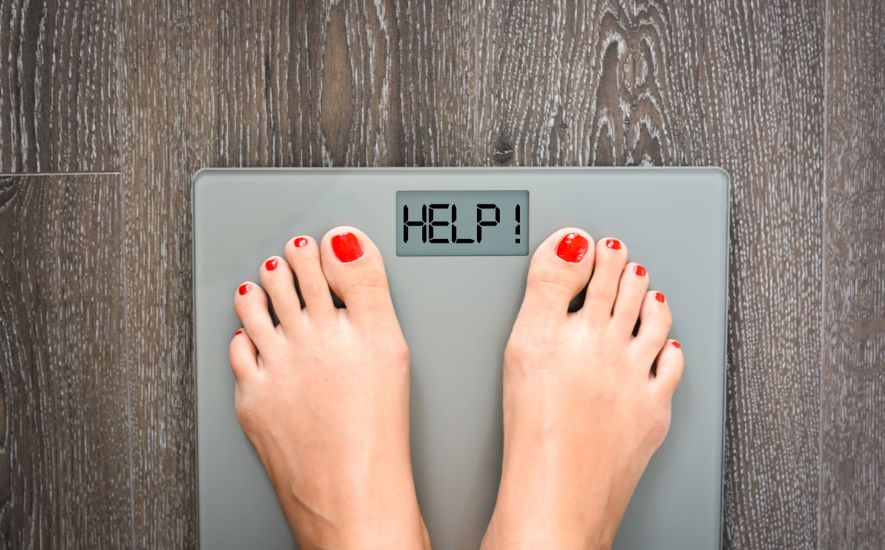
Kayaking Helps You Get Rid Of Stress
Another benefit of kayaking is that it helps get rid of stress. When we are under stress, our bodies produce more cortisol which causes fat storage and increases our hunger levels dramatically.
However, when we go out on the water in our kayaks, this helps us release some of those negative feelings and allows us to recharge ourselves so that we can go back out into society feeling refreshed and ready for whatever comes next!
Core strength
The core is a group of muscles in your abdomen that helps support your back, pelvis, and spine. Strengthening this area will help improve posture and prevent back pain, which can occur when these muscles become weak or overworked from repetitive motions such as lifting heavy objects or sitting at a desk all day without taking breaks to stretch out.
Kayaking Helps You Sleep Better at Night
If you have trouble sleeping at night or suffer from insomnia, then kayaking could be the solution for you! Kayaking causes your body to release endorphins (the feel-good hormone), which can help reduce stress levels and calm down your mind, allowing you to fall asleep faster and stay asleep longer!

Increase Flexibility
If you are looking for an activity that will help increase your range of motion, kayaking is perfect for you. The constant movement of the body and arms while paddling requires your muscles to constantly adjust to the new position, which promotes flexibility and mobility.
Build Endurance
Kayaking is also an excellent cardiovascular exercise that builds endurance in your heart and lungs. The more often you go out on the water, the more fit your body will become and the better shape it will be overall.
Improve Balance and Coordination
In addition to increasing flexibility, kayaking will also help improve your balance and coordination. When paddling through rough waters or strong winds, it’s important to have good balance so as not to tip over or get thrown off course by strong currents or wind gusts.
Improved coordination will allow you better control over where you go on the water and how quickly you get there!
Relaxing and Therapeutic
Kayaking is a low-impact activity compared with running or biking. You'll burn calories and improve your cardiovascular system, but there won't be much strain on your joints or muscles.
You'll get some resistance from water as you paddle through waves or rapids, so your arms will get stronger, as well as your heart and lungs.

Can Kayaking Build Muscle?
Yes! Kayaking is a low-impact sport that can help you build muscle regularly. Most people think that kayaking is just for a cardio workout, but this isn't true at all. The muscles used during kayaking include your legs, arms, back, and chest muscles, which all help strengthen them.
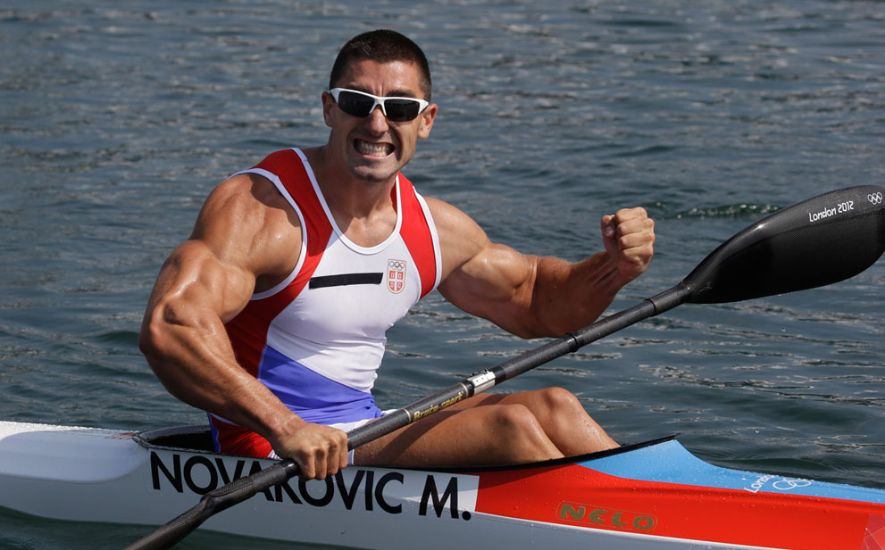
Working these muscles regularly will strengthen them over time, leading to better performance while kayaking and improved overall health and well-being.
One thing that should be noted about kayaking is that it takes a while before you start feeling the effects of increased muscle strength due to this activity. This is because your body needs time to adjust itself before it starts seeing any results from doing something like kayaking every day.
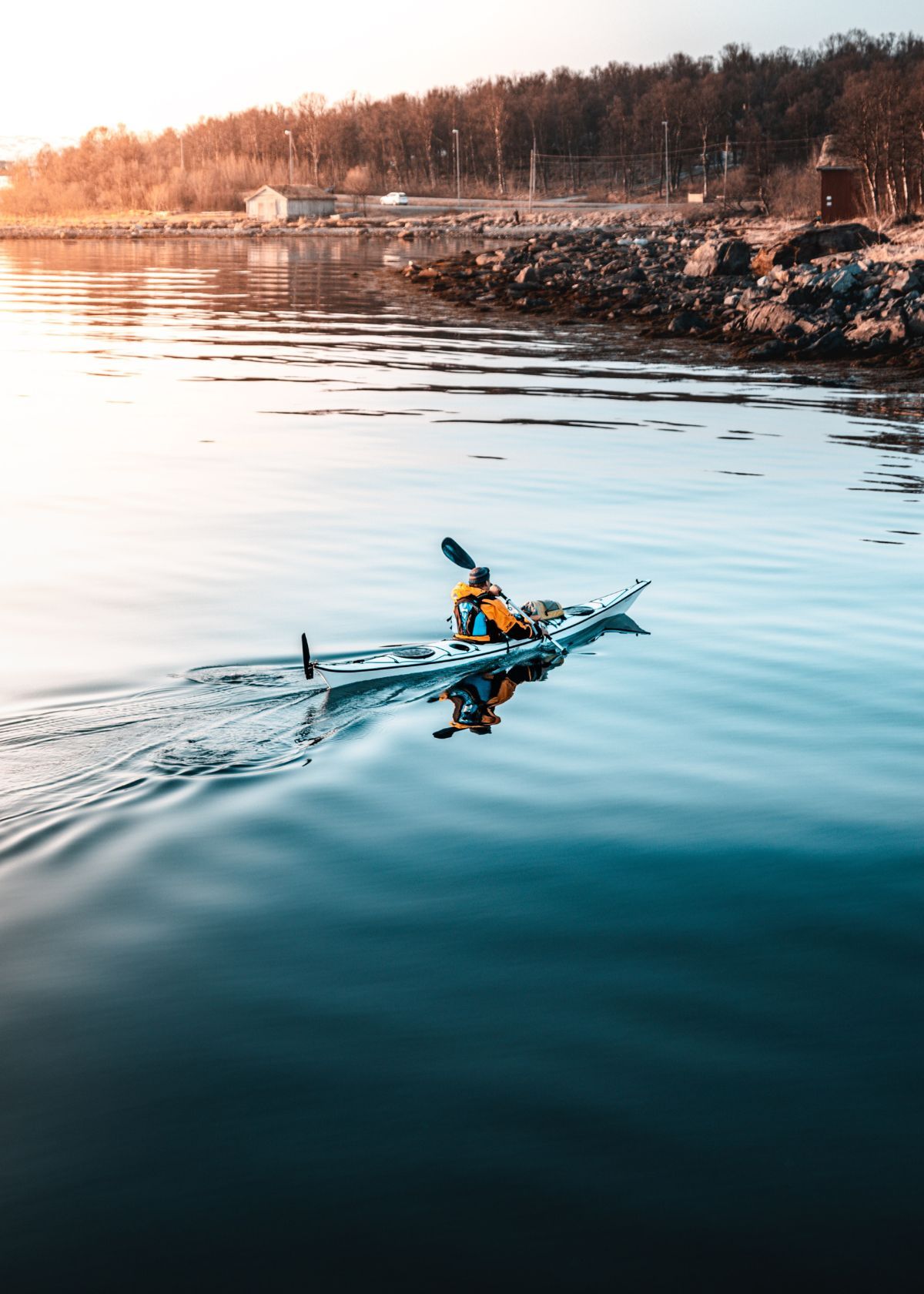
Tips to Improve Kayaking
Kayaking is a great form of exercise, but it can also be dangerous. If you're not careful, getting into trouble in the water is easy. If you're new to kayaking, here are some tips for improving your skills and staying safe.

Get proper training
Before you set out on the water, take some time to learn how to kayak properly. Many different styles of kayaks and boats are available, so make sure you know which one is right for you before making a purchase.
Once you've selected your boat, take some time to learn how to paddle it properly. You should also learn how to perform basic rescues so that if someone falls out of their boat, you can help them back in safely.
Wear the right gear
While most people wear life jackets when they go kayaking, some other items can protect you while on the water as well. Sunglasses will protect your eyes from UV rays and debris in the water (like bugs).
A hat will keep your head cool and dry if it gets wet from spray or rain. Finally, wear sunscreen — it's easy for your face or body to get burned even when it doesn't feel hot outside!
Another great piece of equipment are water shoes, or water sandals. They give you an excellent grip on slippery surfaces, while drying very quickly after getting wet.
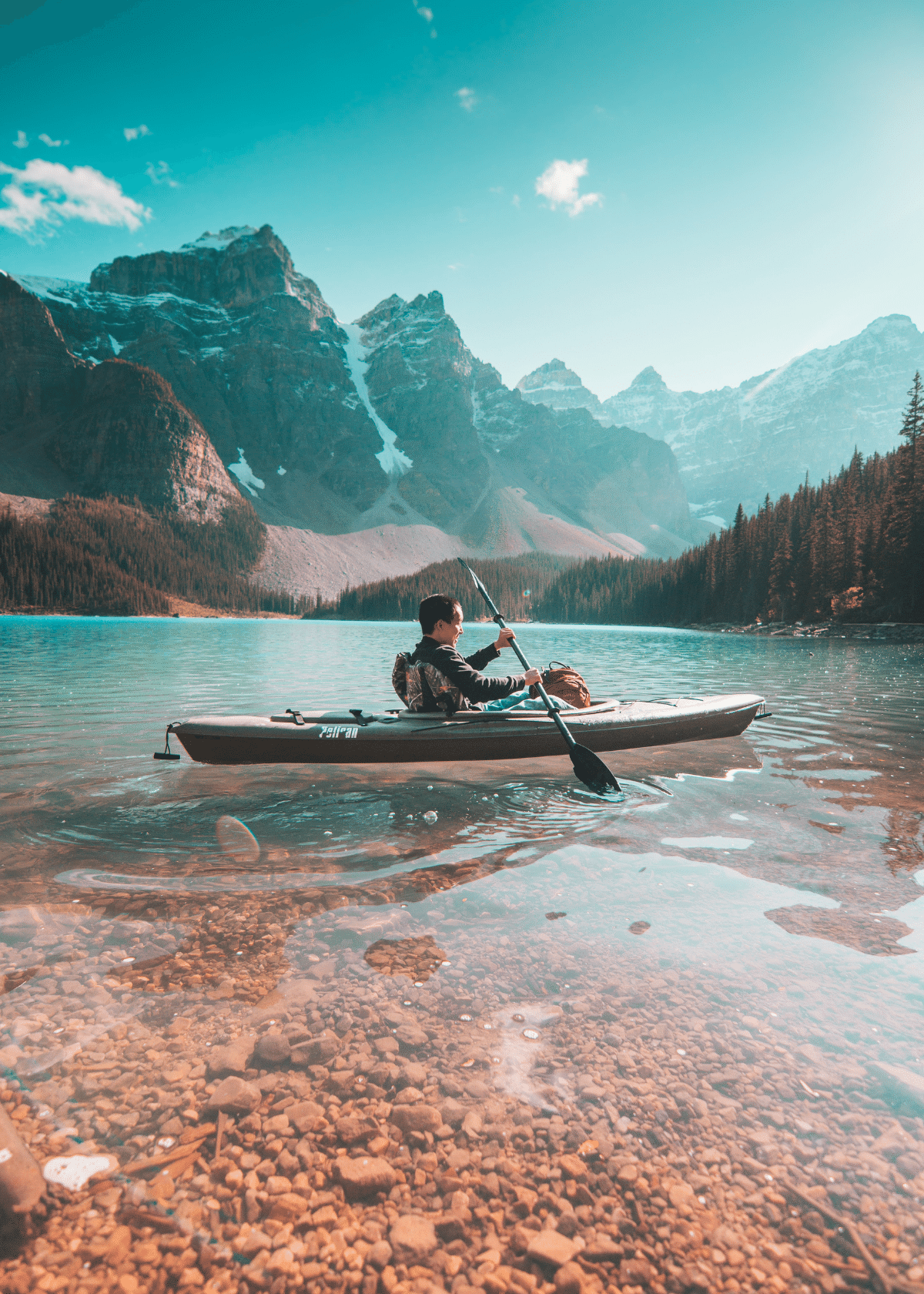
Practice
The best way to get better at kayaking is by practicing. You might not be able to go out on the water daily, but you can practice in a pool or on land with a paddle board. When you do go out on the water, take time to practice different maneuvers and techniques.
This will help you become more comfortable on the water, making it easier for you to kayak with others.
Learn from Someone Who Has Experience
You may have never been kayaking before or know someone who likes going out on the water regularly for fun or fitness purposes. If so, ask them about their experiences and what tips they have for beginners like yourself who want to try this new activity for themselves.
They may be able to give you tips about improving your technique and what gear works best for beginners like yourself who are new to this activity.
Practice Using a PFD (Personal Flotation Device)
A Personal Flotation Device (PFD) should always be worn when kayaking because it provides extra buoyancy in case you fall out of your boat or capsize into deep water.
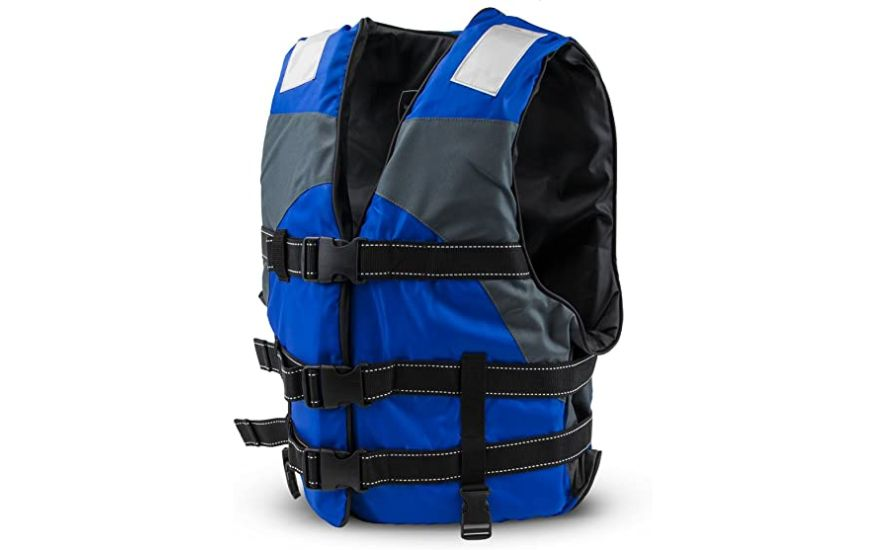
Practice putting on and taking off your PFD so that you don't waste precious time in an emergency. Also, practice inflating it by blowing into it as quickly as possible when needed.

Learn How to Paddle Correctly
Another thing you need to do is learn the proper paddling techniques. Different strokes are for different purposes, so you must learn them all. You can also make these strokes more powerful using your legs and arms.
Once you've mastered these basic strokes, try combining them so that your arms and legs move together in unison. This will make it easier for you to move quickly through the water without tiring out too quickly.
Get a good paddle
A too long or short paddle can make it difficult for you to control your kayak, so make sure it fits you well. You should be able to reach over the water with one hand while holding the paddle in the other hand without hitting the seat or hull of your kayak.
It’s also important for your paddle shaft to be made out of lightweight materials like carbon fiber so that it doesn’t weigh down your kayak and cause drag in the water.
Get Acquainted With Your Equipment
Before you step into your kayak, you must know exactly how everything works. It's not always easy to figure out what a certain piece of equipment does just by looking at it, so take some time to familiarize yourself with your boat and its accessories before heading out onto the water.
Your kayak is made up of several different pieces of equipment that all work together in order for you to travel safely down the river or lake. You'll have a paddle, a rudder or skeg, and a seating system that will keep you upright in rough waters.

Frequently Asked Questions
Kayaking is an excellent form of exercise, and people of all ages, sizes and fitness levels can do it. Kayaking will improve your strength, balance, and flexibility.
Kayaking is a great option if you want to get in shape or keep up with your exercise routine. Here are some frequently asked questions about kayaking as an exercise:
Is kayaking good for weight loss?
Kayaking is a great way to get in shape, lose weight and stay healthy. The physical activity involved in kayaking helps you burn calories and lose weight, but there are other benefits as well. Kayaking is a great way to enjoy the outdoors and get your heart rate up at the same time.
When compared to other sports and activities, kayaking is low-impact and easy on your joints. If you have injuries or arthritis, kayaking may be a good choice for you. It also provides an excellent cardiovascular health workout that can help boost your overall physical and mental health benefits.
The intensity of your kayak workout will depend on many factors, including how far you paddle and how hard you paddle.
Is kayaking better at cardio or strength?
When it comes to kayaking, you can do two types of exercise: cardio or strength. Cardio is all about improving your heart and lung health, while strength training helps you gain muscle groups mass.
Cardio
The main benefit of doing cardio while kayaking is that it's fun! It's an excellent way to improve your cardiovascular system and increase your endurance levels. Plus, the more you do it, the better you'll become at paddling and maneuvering your boat through the water.
Strength training
Strength training is great for improving muscle tone and overall body strength. If you're unsure where to start with strength training, check out our guide on lifting weights as a beginner!
What muscles do kayaks work?
Kayaking is a great and intense workout for the whole body, but you’ll really feel it in your core and lower back. This is because kayaking requires you to use your core muscles to keep your balance and maintain stability while paddling.
The muscles used most often in kayaking are the rectus abdominis, which runs along the front of your torso; the transversus abdominis, which is underneath the rectus abdominis; and the hip flexors — also known as iliopsoas — which include psoas major and iliacus.
Your shoulders get a workout from pushing against the water when paddling forward, while your legs will get good kayak workouts from pulling on either side of the kayak during strokes.
Is kayaking good for core strength?
Yes! Kayaking is a great way to strengthen your core and improve your fitness. The core muscles are the center of your body, supporting the spine and pelvis. When paddling a kayak, you use your core muscles to keep your body stable while paddling and turning.
This helps develop endurance and strength in your core muscles, which can help prevent injury. The more you practice kayaking, the better you'll get at it — and the more fun it will be!
What are the risks of kayaking?
There are many risks involved in kayaking. The most common one is drowning. You could fall into the water and drown without wearing a life jacket. This has happened to many people and it can happen to anyone.
Another risk is falling out of your kayak due to a storm or rough waters. This also happens a lot and is very dangerous because if you fall out of your kayak, there is no way for you to get back in unless someone else helps you get back in.
Another risk is hitting rocks or other objects with the bottom of your kayak or hitting something while trying to get on or off of an object, such as a dock. If this happens, then there will be scratches and dents on your kayak, which may prevent you from using it again until they are fixed with paint or touch-up markers, for example.
Do kayaks flip easily?
Kayaking is a great way to enjoy nature and keep fit at the same time. It's also a great activity for the whole family, and getting the right kayak can be a lot of fun. However, there are some things you need to know about kayaking before you take your first trip down the river.
One thing that many people worry about when they're learning how to kayak is whether or not their boat will flip over. Do kayaks flip easily?
The answer is no! If you're using a proper kayak for your level of experience and skill, then your boat isn't going to flip over on its own. In fact, most accidents come from inexperienced boaters making mistakes like leaning too far forward or failing to keep balance in their boats.
That's why it's so important for new kayakers to learn how to paddle properly to maintain control over their craft at all times.
Conclusion - Is Kayaking Good Exercise?
In conclusion, kayaking is an excellent way to exercise, even when you don't make it over the same distance as traditional land-based exercise. It can be a good way to relax and enjoy the fresh air of your surroundings, but it is also a good extreme sport for those who like the challenge of making it farther down the river before exiting.
Athletes get in shape using their muscles, and kayaking utilizes your arms and core muscles to paddle you. Any physical activity that gets you moving should improve your health, so for this point, alone kayaking is good exercise.
There are also numerous health benefits to kayaking, from improving circulation to building muscle mass.
